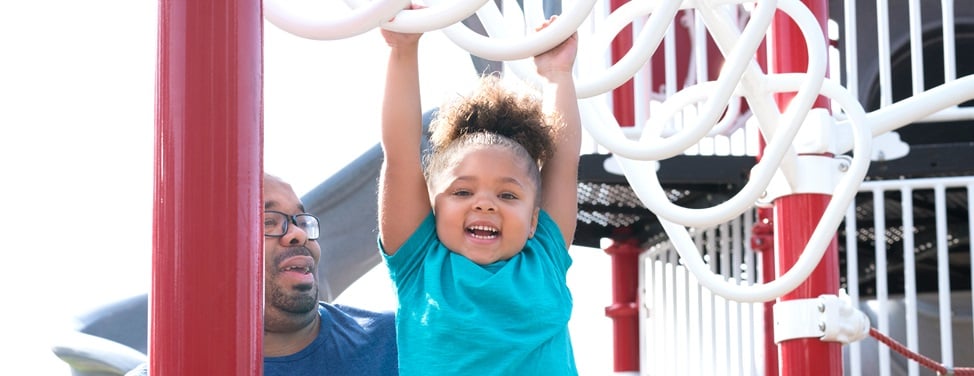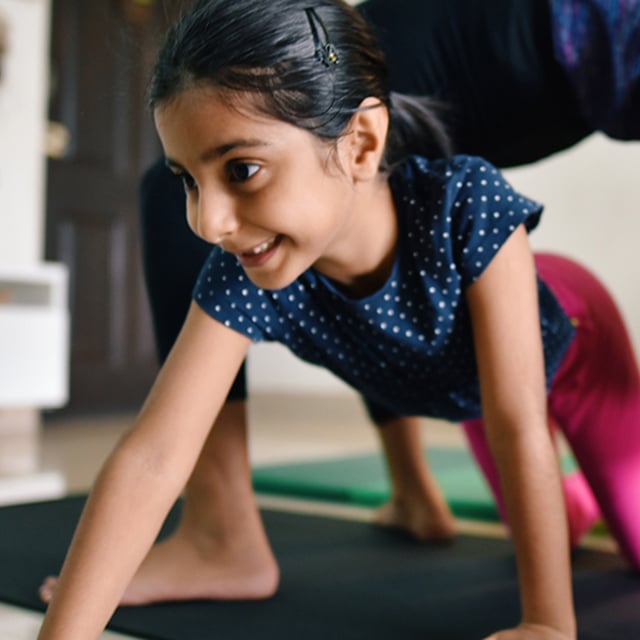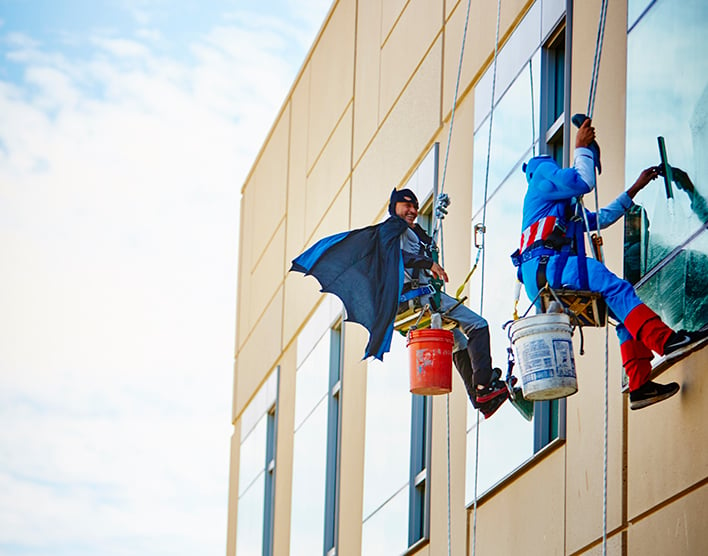Proper care of a cast or splint is important. Below are general guidelines. Always follow the specific instructions of your child's provider, and if you have questions, reach out to their care team.
Cast or splint instructions:
- Keep the cast or splint clean and dry.
- Your child should not bathe in a tub or take showers. Stick to sponge baths. Cast covers are not recommended as they can leak. If a cast or splint gets and stays wet, skin breakdown and infection can occur.
- Avoid getting dirt or sand in or near the cast.
- Don't apply powder or lotions on or near the cast.
- Don't let your child put anything in the cast. An object inside the cast, such as a coin or toy, can cause deep wounds, infections and the need for surgery. Don't let your child use anything to scratch inside the cast. Scratching can lead to skin injury and infection.
- Don't remove any padding from inside the cast. This increases the risk of an injury called a cast saw burn when the cast is removed.
- Don't put weight on the cast unless your child's provider says otherwise. Walking on a leg cast or putting weight on an arm cast may cause additional injury.
- If there are pins inside the cast, understand that these pins go through the skin directly into the bone, which makes it especially important to avoid getting the cast wet or putting weight on it. Not following instructions will increase infection risk and may create a problem that requires additional surgery.
Tips to decrease pain or swelling
- During your child's first days in the cast, check the color and temperature of their fingers and toes every couple of hours. Blue, purple, deep red or cold fingers or toes can indicate that the cast is too tight. This is an emergency situation and you should call 911 or go to the nearest emergency room.
- If using ice to decrease pain and swelling, use a well-sealed plastic bag that is unlikely to leak.
- If advised by your child's care team, elevate the affected limb on pillows or a towel roll so that it's above heart level with the fingers or toes higher than the elbow or knee and the elbow or knee higher than the shoulder or hip. Your child's car team will instruct you how long to keep it elevated. This will help to decrease pain and swelling.
- When elevating a leg cast or splint, "float" the heel: Place the pillows or towel roll under the leg so the heel isn't touching anything and is floating in the air.
- Wiggle your child's fingers and toes (or tell them to do this) every hour to prevent swelling and improve circulation. For arm casts, frequently opening and closing the hand helps reduce swelling.
- An arm sling is sometimes provided for comfort. You can remove the sling at bedtime or during naps if your child finds it uncomfortable for sleeping.
- Prop the arm and leg up with a pillow for support during sleep.
Tips to decrease itching
- Use the cool setting on a hair dryer to blow air into the cast.
- Gently tap on the outside of the cast.
- Tell your child to scratch a different part of their body. This can trick the brain into feeling relief.
- Try distraction: Get your child engaged in an activity, let them watch a movie, or give them time on a tablet.
- If your child is still itchy despite the measures above, ask their provider whether they can safely take diphenhydramine (Benadryl) and make sure you follow their dosing instructions. This over-the-counter antihistamine can make your child drowsy, so it may be better to limit its use to nighttime.
When to call a healthcare provider
Get prompt advice from your care team if your child experiences any of the following:
- A fever greater than 101.5 or chills
- Pain that isn't relieved by their pain medicine
- Signs of infection, such as redness, swelling, fever, chills, drainage, or a foul-smelling odor
- A change in sensation, such as numbness, tingling, burning, or skin that's cool to the touch
- A change in the color of fingers or toes – looking blue, purple, deep red or white
- Something stuck inside the cast or a wet, cracked or loose cast
- Heel pain or a burning sensation in the heel Intense itching inside the cast that isn't relieved by the previously discussed methods
- Any evidence that the cast is too tight, such as fingers or toes looking swollen despite measures to reduce swelling
If you are unable to reach someone in the clinic or it's after business hours or the weekend, call the main hospital at (510) 428-3000 and ask to speak with the on-call orthopedic resident.
If you can't reach the resident on call, bring your child to the emergency room.


































